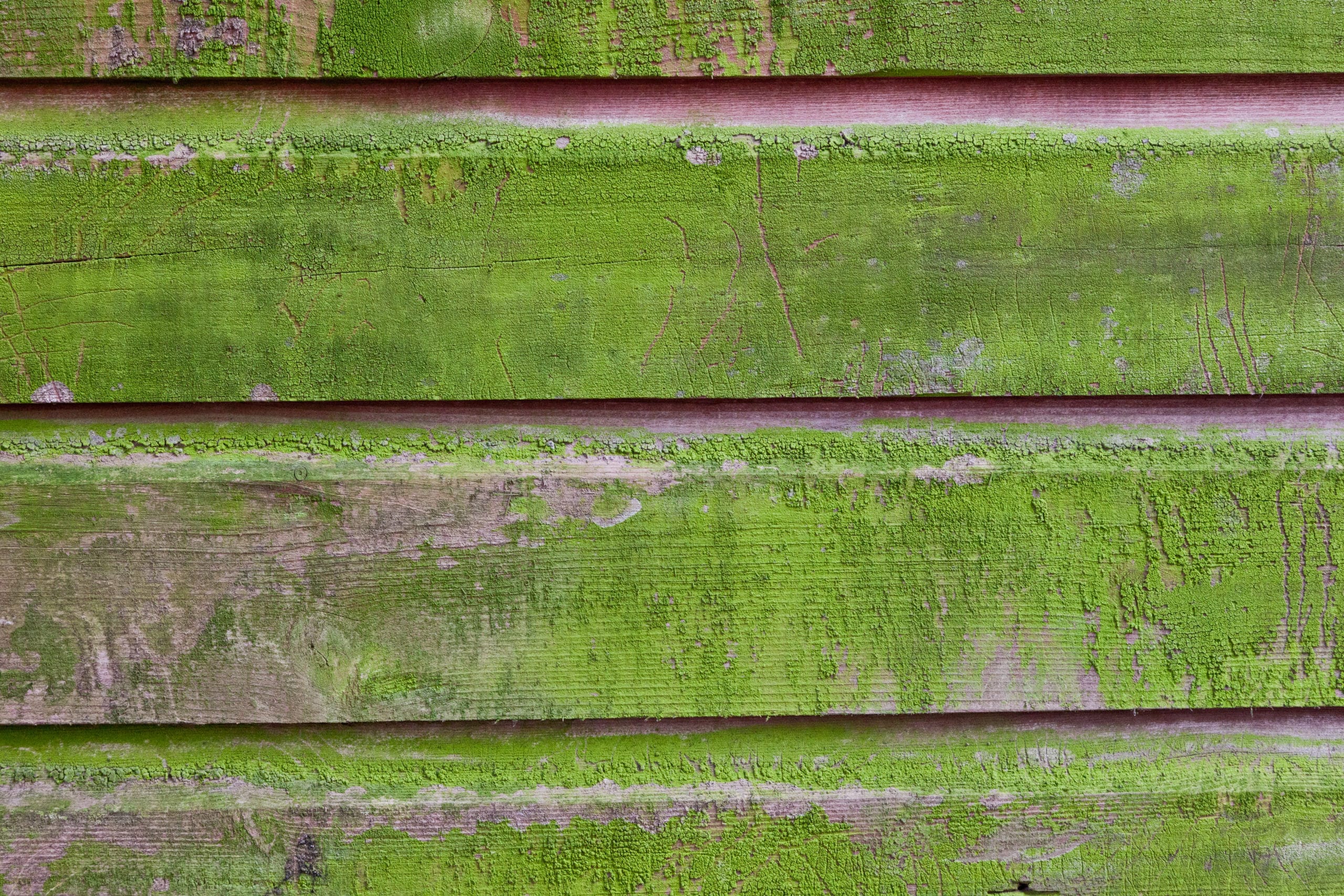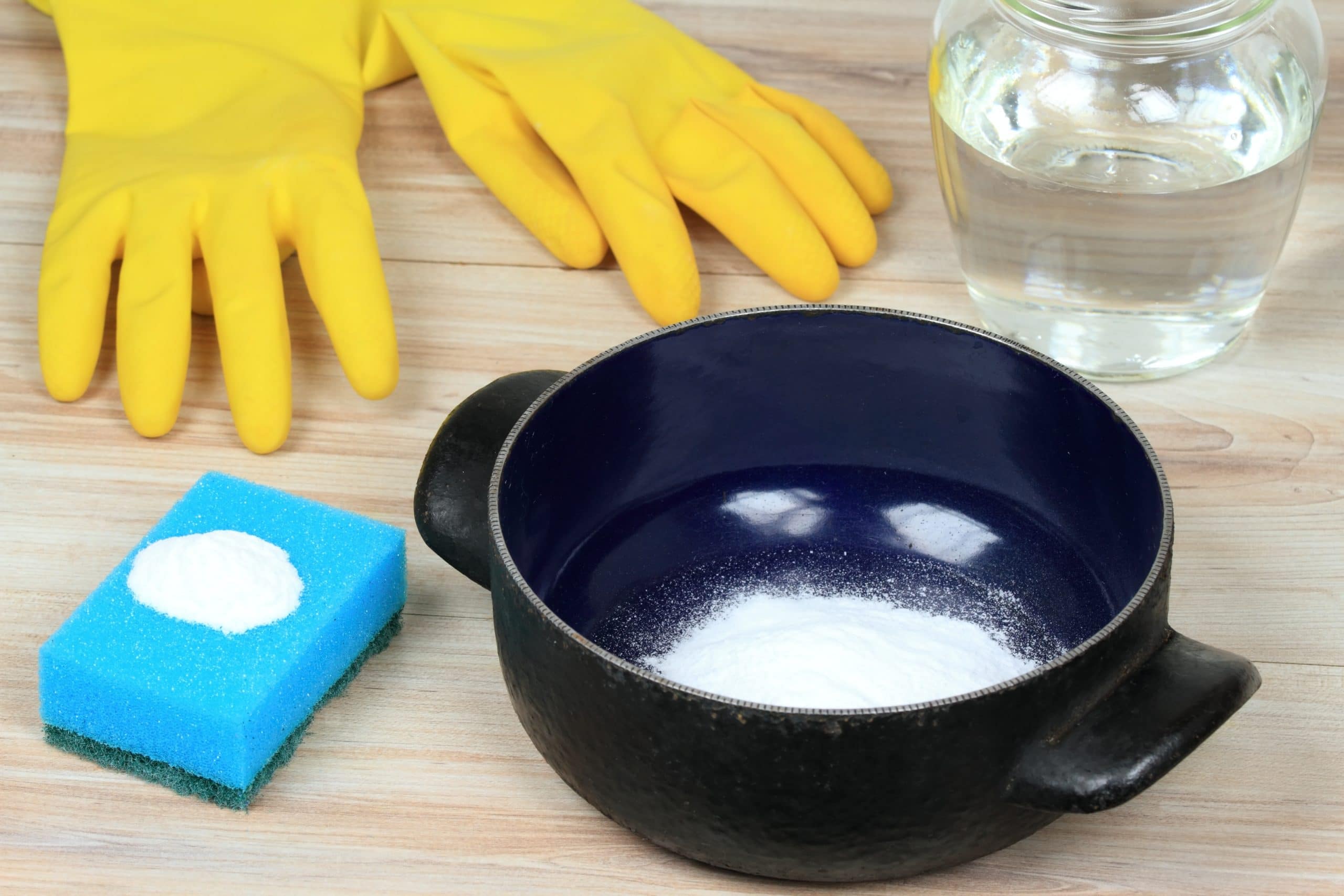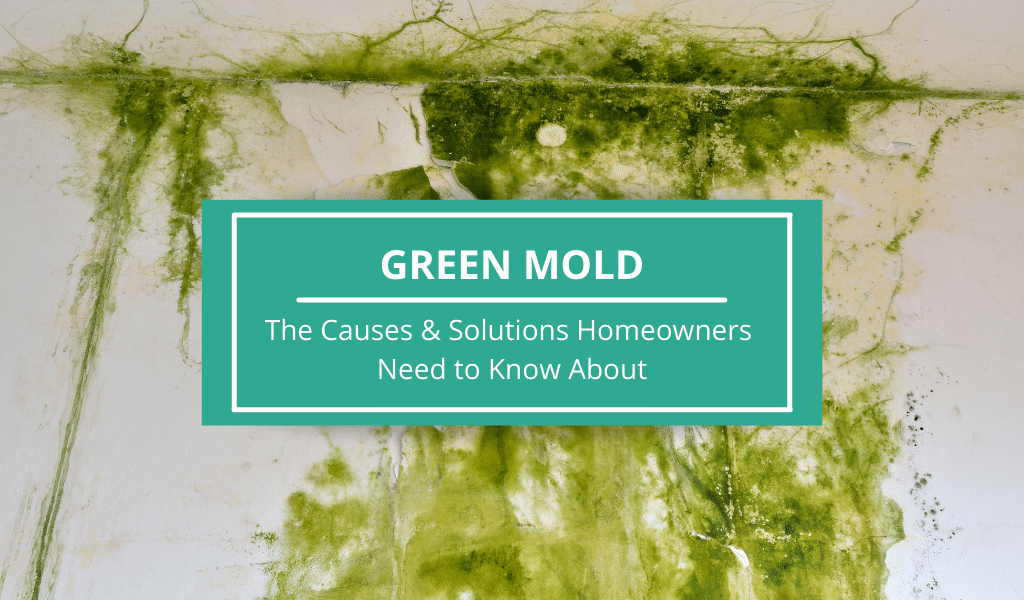Mold comes in all kinds of varieties and species. You can find blue mold, yellow mold, black mold, and even green mold dwelling in your home. Regardless of the type of mold you find in your property, you want to get rid of it as soon as possible.
Even though not all molds are dangerous, if they grow and flourish they can spread in your home and create toxic spores that will compromise your health. To prevent this from happening, we will be going over what mold is, how you can get rid of it, and some important information to take note if you suspect a mold infestation in your home.
In particular, we will discuss the topic of green mold in your home. This is a common growth that many homeowners have to deal with. So, keep reading to find out everything you need to know about green mold in your living spaces.
What Is Green Mold and What Causes It?
What is It?
Technically speaking, green mold is a blanket term that refers to several different species of molds that can grow in green colors. There are literally hundreds of other mold subspecies that fall under these categories. Some of which are:
Typically, the green mold in your home will be one of the following mold species: Trichoderma and Cladosporium. Cladosporium is a darker shade of green while Trichoderma is a lighter shade of green. Green mold can also be Penicillium & Aspergillus.
In truth, you won’t know the exact mold you have growing in your home unless you get a sample of the mold and send it to a lab to be analyzed professionally.

What Causes It?
Green mold can appear in your property for several different reasons. But, usually, this growth will happen when moisture builds up in your home. Most commonly, people will have water damage in their homes from flooding or broken home appliances. This build-up of moisture will then provide the right environmental conditions for mold growth.
Mold growth is preventable, but if you don’t take care of water damage or major water leakage or flooding then your home can become infested with mold. In addition, mold can also grow when your home is super humid. Sometimes mold will even appear on clothing and other fabric material because of moisture build-up from the humidity.
How Dangerous Is Green Mold?
Not all green mold are toxic but there are some that are. Some of these molds are known to release deadly neurotoxins as they spread and let off spores in the air. There is no sure way of knowing if the one found in your home is dangerous for your health, unless you get it inspected and tested by professionals.
Regardless if the mold is toxic or not, inhaling mold is never good for you. Especially for someone with underlying health issue in their respiratory system. Such as someone with asthma, inhaling mold can trigger an attack and can make it worse.
Caution: Some types of molds produce toxic substances called mycotoxins, which can damage the lungs and immune system. People exposed to these toxins may experience nausea, vomiting, and fever.
Moreover, even healthy people can develop breathing issues from mold. So act on the problem as soon as you discover it to avoid further health risks.
What are the Signs of Green Mold and How Do You Test For It?
You can find green mold in your home by looking out for a few different signs. Not all green molds will be visible to the eye, as mold can grow out of sight or under walls and other hard-to-see fixtures in your home. So you want to be looking out for the other signs we will be talking about.
If you've been noticing these signs, go check around your home or have an expert come in and look for you. Once you find the mold you can use a test kit to sample the mold and have it sent to a real lab. This way you know exactly what you are dealing with.
Where You Will Find Green Mold Growing?
Although you can find mold on any surface in your home, mold typically enjoys dark and dank conditions. They thrive when there is not a lot of light and humidity is high. If you are doing a mold routine check in your home, here are some note-worthy places to inspect:
Wooden Rooms & Fixtures
Wood is a popular target for this fungi growth. From your floors, cabinets, structural beams, and many other spots, mold growth can crop up.
Kitchen
They might snack on bread and other starch-like substances if they grow in your kitchen cabinets.
Attic & Basement
In these locations, water can easily build and create mold growth. Flooding in your basement or leaks from roofs and pipes are a prime cause of mold growth in these spots. A lot of people don’t spend time searching their attics and basements for mold so this can give the mold time to grow into a larger colony and create actual damage in your house.
How to Remove Green Mold In Your Home?
Now that you are certain that you have a mold problem, it's now time to act on it.
First, you need to know what caused the mold to grow in the first place. If there is major water damage coming from leaks, cracks, and flooding, this needs to be addressed first. In most cases, a professional will have to come in and fix these issues for you during mold remediation.
Second, you need to determine how severe the mold problem is. If the case is serious, you may want to hire a professional to fix the problem. But if it's a mild case, there are definitely ways to do it yourself.
Small colonies can be handled by commercial sprays that have fungicide. But if you have much larger colonies, vacuums with a HEPA filter will have to be used. This will keep your air clean and prevent future breakouts.
Home Remedies to Rid of Small Green Mold Colonies

If you are certain that your mold problem can be fixed without having it professionally remedied, you need to go to the store and buy mold sprays with fungicide. But if you want a quicker remedy, here are some solutions that you may already have at home:
Baking soda
Baking soda is easy to find and makes cleaning small patches of green mold simple. You just put some baking soda in a spray bottle with water and then spray the infected area. Let the solution sit and soak into the green mold.
It should soak for a minimum of ten minutes, then you can get a sponge and wipe it away. If the mold is gone you are done, but if there is some left, repeat the steps we talked about again.
Hydrogen peroxide
Hydrogen peroxide is another option you can try out. Be careful and wear gloves, but you want to create a solution with only three percent hydrogen peroxide and the rest as water. Spray it and let it sit for around ten minutes. Then wipe your green mold with a cloth or with a sponge.
This solution is only recommended for tiles and other hard surfaces. Fabrics, woods, and other surfaces that get stained should be sprayed with baking soda instead.
Vinegar
Finally, you can mix vinegar in a spray bottle with water. Again, all you have to do is let the solution sit and then wipe away the green mold. However, with this method let the vinegar sit for at least an hour. Then wipe it away with a cloth or a sponge.
Once you are done with one of the above-mentioned methods you can wash your cloth or sponge to prevent mold spread. Also, paint over any surface that you can as this can prevent future mold growth. There are even antifungal paints that can be purchased.
How Will A Professional Remove Large Green Mold Colonies?
When should you call an expert?
Knowing when to call in an expert can be tricky in some cases. But once the mold is ten feet or larger mold remediation and removal by a professional will be necessary. Also, if there is a serious underlying issue causing mold growth, or the mold keeps reappearing, you might want to call in an expert, even if it’s a small colony.
How do professionals handle it?
Nonetheless, you won’t have to worry too much. They will come up with a sound remediation plan and do the repairs and mold removal. Afterward, encapsulation, which seals surfaces and prevents future mold growth, will be completed.
The Average Cost of Mold Remediation
The cost of mold remediation depends on many factors. This includes the location of the mold, size of the mold colony, repairs needed, and your location. On average, though, you are looking at a cost anywhere from $1,300 to $3,300. This can seem like a lot of money. But if the mold growth is in your air vents, in walls, or in your floors, then repairs and fixes will need to be done.
$448
As low as
Smaller remediation projects can be as low as $448, which is much more manageable. Larger projects that include multiple rooms could cost $6,000. And full house remediation can reach prices of $30,000. But if you catch green mold early on the price should stay within the average price range we listed.
How Do You Prevent Green Mold Growth?
Now that the mold has been removed, the next crucial step is to prevent mold from growing back. In this section, we’ll go over some quick tips that can help keep green mold out of your home.
Check For Leaks and Water Damage
The easiest way to prevent green mold growth is to check your home for leaks and other damage. Catching these things early enough can help you seal up holes and leaks quickly which will prevent mold from ever getting the chance to grow.
Do Routine Mold Checks
Another thing you can do is a routine mold check. Each year, try to have professionals survey your home for mold and other issues that could lead to mold. This can seem excessive, but having mold growth in your property can get expensive. So, it’s better to be safe than sorry.
Repair Damage on Your Property Promptly
Again, repair any damage you see right away! If you see that your pipe has leaked don’t let it keep leaking water. The same goes for roof and other foundational damage that is visible. Get it checked out and fixed promptly!
Waterproof Your Basement
Finally, take the time to try and waterproof your home. Basements are prone to flooding and water damage. So, if you waterproof them early on you won’t have to deal with mold growth at all. It can be expensive to have this done, but it is worth the cost completely. Expect to pay $1500 to $1900 for this service.

